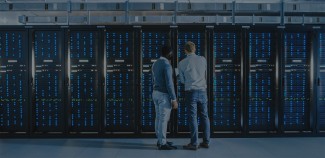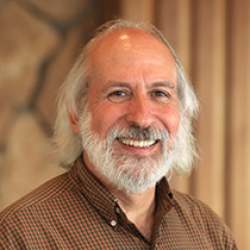Data centers are often the largest source of load growth for utilities, according to projections through 2030, and they are contributing to rising electricity costs. Data centers accounted for about 4% of U.S. electricity sales in 2023 (latest available), with projections ranging from 6.7–12.0% in 2028. Up to 70% of the projected growth in data center loads is expected to be hyperscale (deploying services at massive scale, including AI).
Many new data centers have been proposed, but most data center developers seek permitting and interconnection for many more sites than they expect to build. Several experts estimate only 10–20% of proposed data centers will actually be built; others estimate a higher percentage. Forecasting of data center power demand is improving, but there is a need for additional improvement; power system planners would be wise to carefully review proposals for new data centers and apply probabilities to each of these proposals.
Achieving higher levels of energy efficiency in data centers is critical for preventing power outages and constraining rising power costs. Opportunities to improve efficiency include developing and using more efficient chips in servers, improving software and algorithms, adding heat recovery, and improving cooling and electric systems.
Data center energy use roughly doubled from 2000–2010 but only rose modestly from 2010–2020, due to improved efficiency of IT devices, greater use of virtualization software, and movement of more computations to large data centers with very efficient cooling systems. This pattern could potentially repeat in the 2030s if the energy efficiency opportunity is fully realized.
Complementing energy efficiency are opportunities to reduce loads during periods of peak electric demand using demand flexibility. A study from Duke University estimates that curtailing data center loads for just 0.25% of their uptime would free up enough capacity to accommodate 76 GW of new load (a large nuclear plant is about 1 GW). As one example, a test of a new software platform reduced the peak power consumption of an Oracle data center by 25% during peak grid demand hours.
Data center efficiency is commonly measured with a metric called PUE, which looks at auxiliary systems such as cooling but not the server part of data centers. This has helped to drive substantial improvements in data center cooling and power system efficiency, but new metrics are needed to better capture all data center energy use including computations, particularly for AI.
Utilities and states could implement programs and policies to help spur efficiency and demand flexibility progress. Potential opportunities include efficiency and flexibility targets (mandatory, voluntary, or tied to electric rates) as well as energy savings incentive programs.

